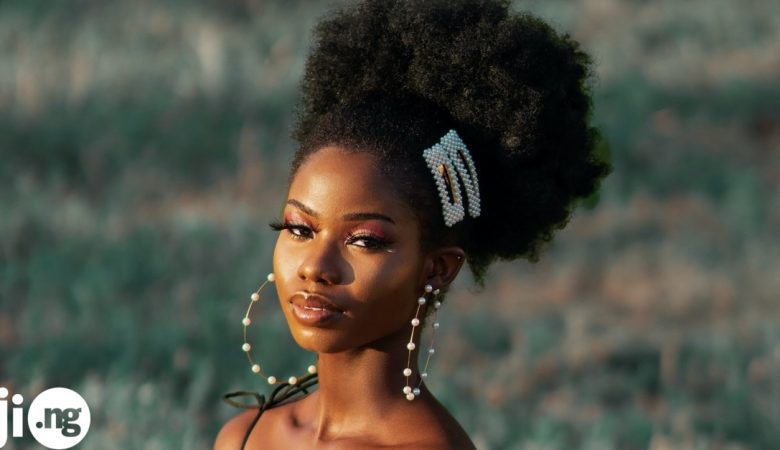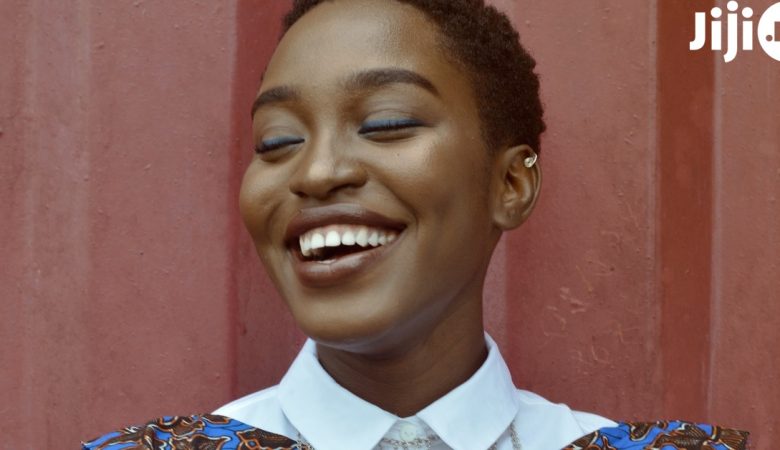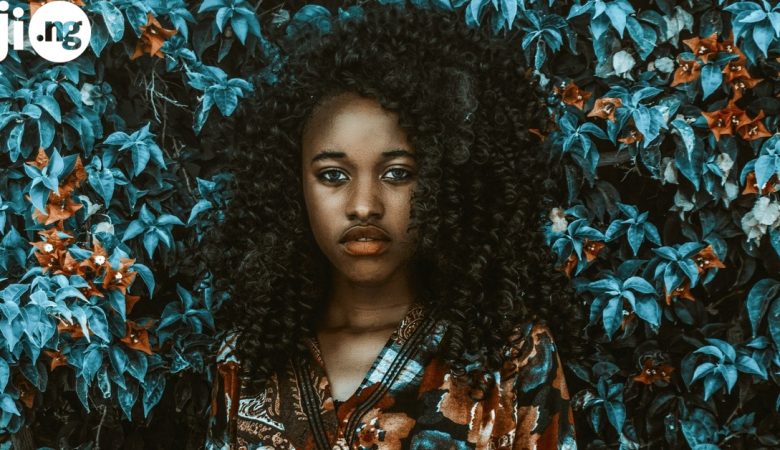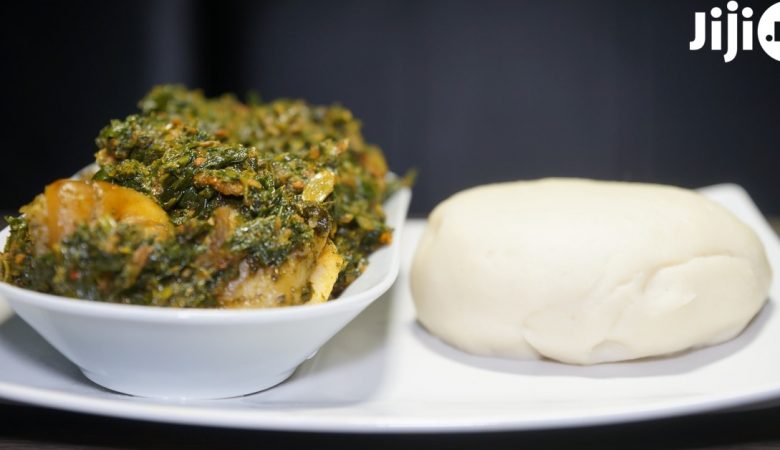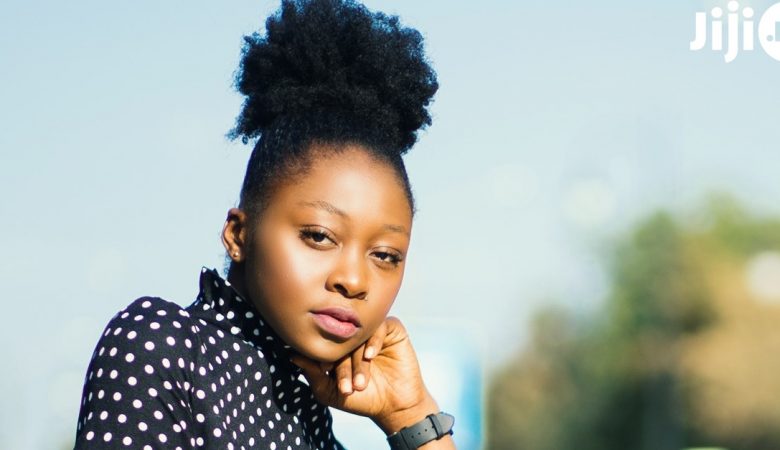The decision to go from relaxed to natural hair is one of the most important ones you will ever take for the health and beauty of your hair. Even if you have been relaxing your hair for years, healthy natural hair is not as unattainable as you may think. Here is a step-by-step guide on how to transition from relaxed to natural hair.
Shop everything you need for hair beauty in Nigeria on Jiji
1. To chop or not to chop?
For many women who have decided to stop chemically relaxing their hair, the big chop is the first option that jumps to mind. Cutting off all the damaged hair and watching your natural hair grow from the earliest stages can be very fulfilling. Plus, you can take proper care of your hair from the get-go and ensure that every centimetre of your natural hair that grows out is healthy and undamaged by any chemicals.
Read more: Knotless Box Braids Are The New Trending Hairstyle
However, not everyone is ready for the big chop. If you cannot imagine yourself with super short hair, there are many other options to transition from relaxed to natural hair. But you still need to keep in mind that you will eventually need to cut your hair: when your natural hair reaches the desired length, you will be able to chop off any remaining relaxed hair to reveal your fully natural mane.
2. How to wash your hair
Washing your relaxed hair is completely different from washing natural locks. First, you only need to wash your natural hair once or twice a week. To avoid the shampoo removing the moisture from your already brittle hair, use sulfate-free shampoos and adopt a pre-shampooing routine of applying your favourite oils or conditioners 30 minutes before washing your hair with a shampoo. Obviously, a conditioner is a must, and you don’t just need to apply it after the wash – leave-in conditioners can be applied every day to maintain the health of your hair.
3. Avoid heat and excessive styling
After washing your hair, wrap it into a soft microfibre towel and allow it to dry naturally if you can. Blow drying your hair and using other heat-dependent methods to dry your hair can damage your locks. The same goes for harsh chemical hair styling products and even protective hairstyles. Various styles of braids and other protective hairstyles can put unwanted strain on your hair and prevent its healthy natural growth. If you are struggling to find hair products that work for you and don’t want to spend a fortune on trying every available product, look for bloggers who are also transitioning and ask them for recommendations.
Read more: How To Stretch Your Natural Hair Using African Threading Method
4. Protect your hair at night
By now, you more or less know what to do with your hair during the day. But what about the night? While you are sleeping, your hair creates micro knots and loses its texture. Plus, it becomes more prone to breakage and looking dull and brittle. There are two solutions to this problem. First, you can invest in a silk pillowcase that is super smooth for transitioning hair. Second, you can use your silk bonnet to twist and turn during the night without the risk of damaging your hair.
5. Find your perfect transitioning hairstyle
If you are feeling awkward wearing your hair loose when it’s in its transitioning stage, there are lots of hairstyles you can try that won’t do any damage to your hair. Twist-outs, bantu knots, or flat twists are all great hairstyles to combine your two different hair textures without the use of hair-straining protective styles.
Read more: How To Do Bantu Knots With Natural Hair
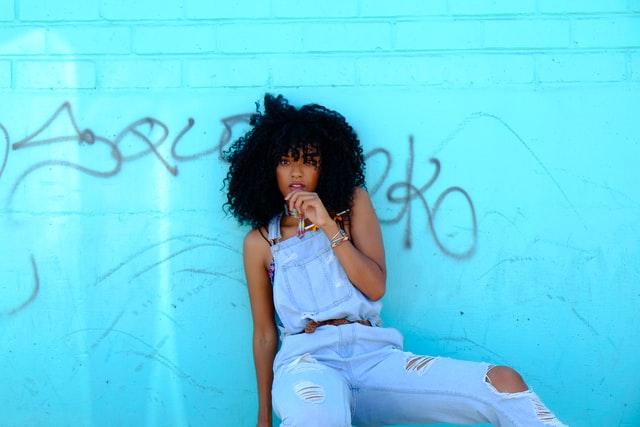
Buy and sell with confidence from your phone using the Jiji app

